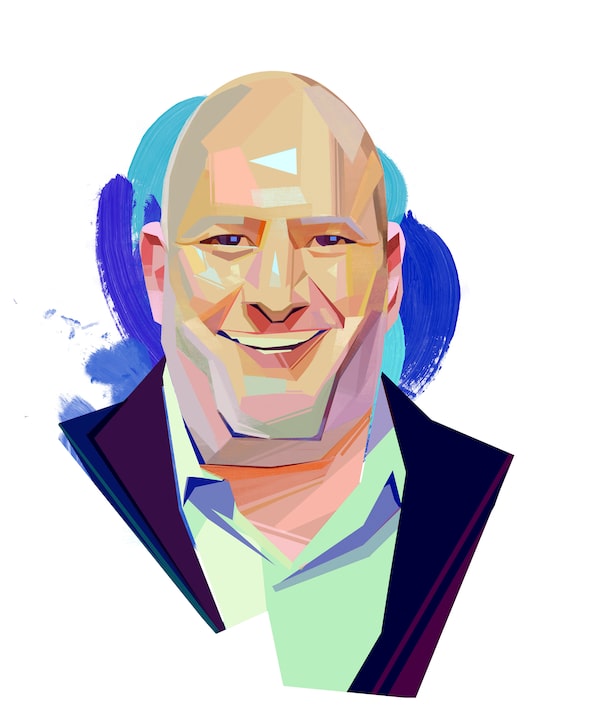
Dani Reiss, CEO of Canada Goose.Kyle Scott/The Globe and Mail
We’ve always seen sustainability as a moral obligation, and it has been a foundational part of our DNA for six decades. Our products are designed to last a lifetime—our business model is the anti-thesis of fast fashion. So we are almost implicitly sustainable. Our products are made in Canada, and we’re very transparent with how and where we source materials. But we’re living in a time when it’s imperative we more than double down on that. COVID-19 galvanized things for us. It gave us the time to realize that business has to lead this change. And we’ve encapsulated that with our Humanature platform, whose purpose is to keep the planet cold and the people on it warm.
We’ve made a lot of aggressive commitments under this platform. We’ve committed to net-zero emissions by 2025. We’re certified under the Responsible Down Standard. We stopped buying fur last year, and we’re going to cease manufacturing with it this year. We also committed to having 100% sustainable packaging by 2025, and we’re almost 60% toward that goal. And we’re eliminating single-use plastics in our facilities. We’re leaning into this further than we ever have. The brands that aren’t good for the world won’t be here in 20 years because people won’t buy their products.
Change is a constant at Canada Goose. We started as a really small company, and we’ve grown into a much larger publicly traded one. This past year, we crossed $1 billion in revenue. I don’t think there are a lot of companies with that kind of revenue in Canada that also manufacture in Canada. That decision really turned us into a luxury brand. If we had decided not to stay in Canada, I’m not even sure we’d be a company today. The argument back then was a lot of people were leaving because nobody cared about made-in-Canada, and they couldn’t compete on price anymore. We decided people did care, because the overseas people really gravitated toward it. They saw us as a luxury brand. We decided that if we could stay made-in-Canada for five years, while everybody else left, then in five years we’d be the only ones left making products in Canada in our category. That was a major strategic decision that paid off—because it ended up being true.
This was important for so many reasons. No. 1, it’s authentic, and authenticity is one of our core values—Canada Goose parkas need to be made in Canada. People who buy them feel like they own a piece of the country. And from a very small footprint, we’ve been able to grow one of the largest manufacturing infrastructures of this kind in Canada, to a point where we employ more than 20% of the cut-and-sew industry in the country. We helped revitalize an industry that was dying and create meaningful job opportunities for Canadians. And thanks to staying in Canada, we were largely immune to supply-chain challenges in the time of COVID.
What people get wrong about us is thinking we’re only a parka brand. The second thing they get wrong is thinking that because we’re functional, we’re not a luxury brand. But we’re like a Land Rover, which is both. Our product is designed to work in the harshest climates in the world. And function pushed far enough becomes luxury.
Your time is valuable. Have the Top Business Headlines newsletter conveniently delivered to your inbox in the morning or evening. Sign up today.